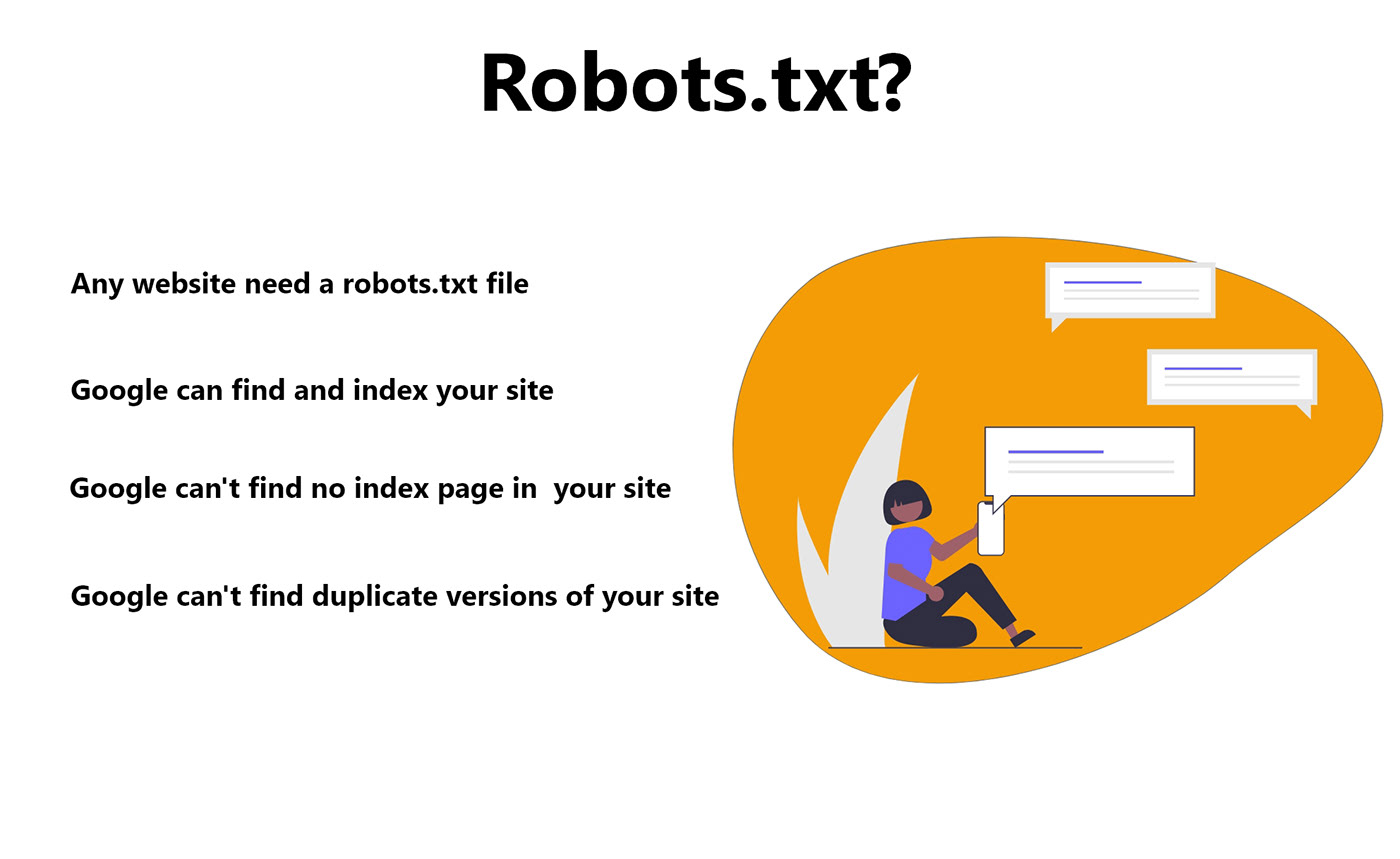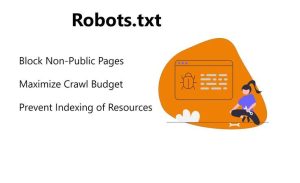A “robots.txt” file is a simple text file created by website owners to provide instructions to web robots like search engine crawlers on which site pages should be crawled and indexed and which parts should not be accessed by robots. This file is typically placed in the root directory of a website and contains directives that specify the pages that certain robots are allowed to access.
Exploring the Purpose of robot.txt
The primary Purpose of the robots.txt file is to communicate with web crawlers and let them know which parts of a website to crawl and which to avoid. It instructs search engine bots, helping them navigate and interact more effectively with a website’s content. It is part of technical SEO.
Importance of Understanding robot.txt for SEO
Understanding the intricacies of robot.txt is crucial for improving a website’s search engine performance. By configuring the robot.txt file strategically, website owners can ensure that search engines prioritize crawling and indexing the most pertinent and valuable content, ultimately enhancing the site’s visibility in search engine results pages (SERPs).
Critical Components of a robot.txt File
User-agent Directives
It specifies the web crawlers to which the directives apply.
Disallow Directive
To prevent search engine crawlers from indexing specific parts of the website, it is necessary to instruct them accordingly.
Allow Directive:
This directive allows crawling specific content, even if it is disallowed in the robots.txt file.
Crawl-delay Directive:
To prevent server overload, a time delay is set between successive crawls.
Sitemap Directive:

To prevent server overload, a time delay is set between successive crawls.
Common Misconceptions about robot.txt
Robot.txt files are often misconfigured, leading to unintended consequences for website owners. However, despite their importance, they need to be more frequently understood. Let’s debunk some common misconceptions.
robots.txt vs. Meta Robots Tag
While both robots.txt files and meta robots tags serve the Purpose of instructing search engine crawlers, they operate differently. robots.txt controls crawling at the server level, while meta robot tags provide directives on individual web pages.
Blocking Sensitive Content
Some website owners have the misconception that they can protect sensitive information by blocking it through robot.txt. However, robot.txt is not reliable for hiding content, as it only stops crawling, not indexing. Therefore, sensitive content should be secured using other methods, such as password protection or server-side authentication.
Best Practices for Managing Robot.txt Files

To fully utilize the potential of the robot.txt file for SEO purposes, it is essential to follow these best practices:
Regularly Review and Update
Reviewing and updating the website’s robot.txt file periodically is essential to ensure it accommodates any changes in its structure or content. It is also vital to ensure that disallowed directories are still relevant and necessary.
Use Disallow Sparingly
Please avoid using the Disallow directive excessively, as it can accidentally block essential pages from being crawled and indexed. Be selective in restricting access to content.
Test with Google Search Console
Use Google Search Console’s robots.txt Tester tool to check the syntax and directives of the robot.txt file. Fix any errors or warnings to avoid crawling issues.
Conclusion
In summary, robots.txt plays a crucial role in regulating search engine crawlers on a website. By comprehending its function and applying best practices, website owners can optimize their sites for enhanced visibility and search engine rankings.
If you want to configure it on the robots.txt file, please contact me.


